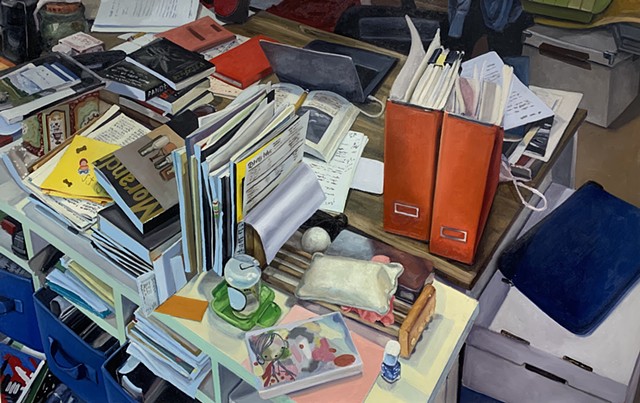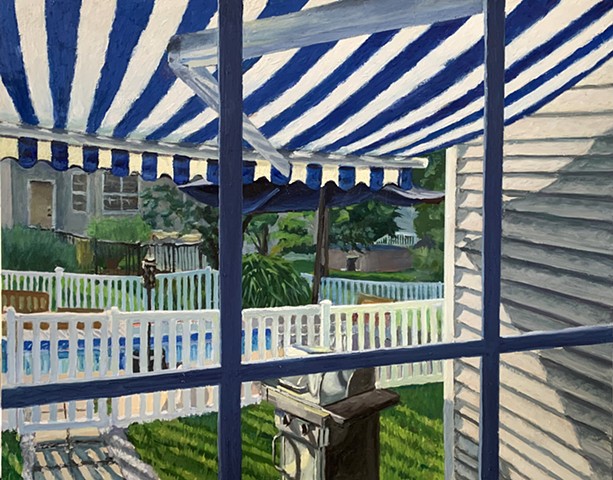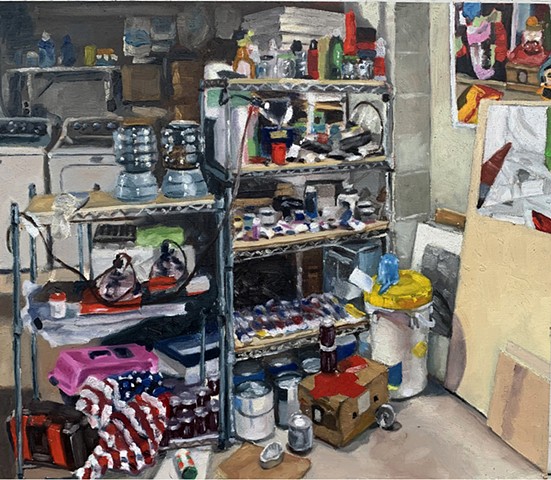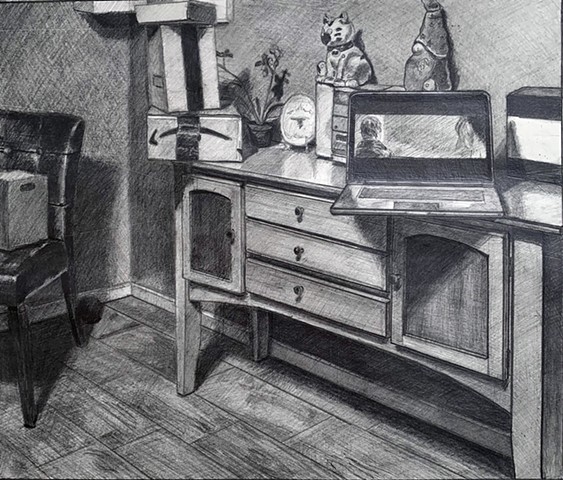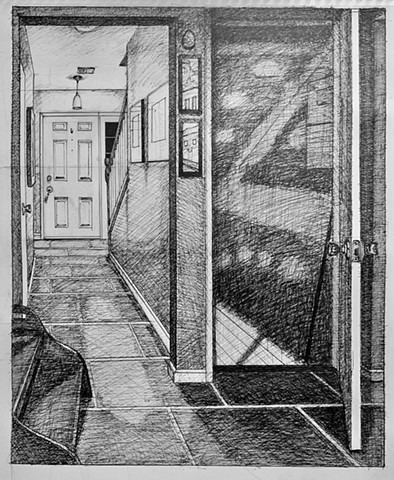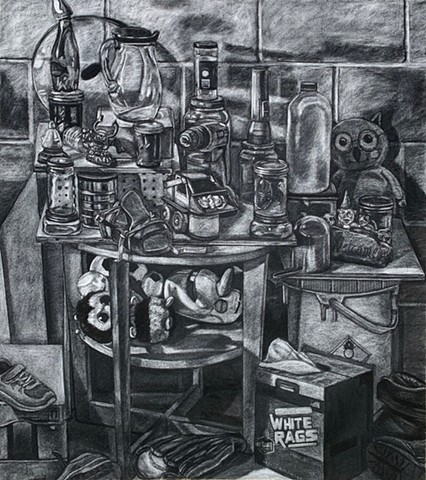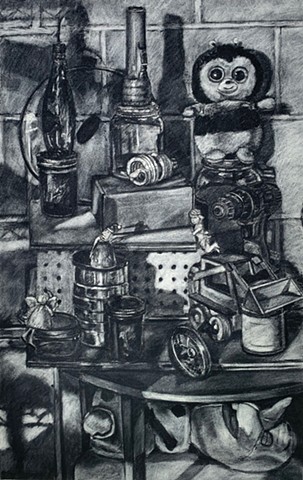Inside/Outside:Absence/Presence
The smell of spring mulch heavily applied to regulate flower beds in their carefully curated rectangles and semi-circles, summer sounds of mowers and edge-trimmers that ensure manicured lawns, and the splashing and screeching emerging from backyard pools, define most of the American suburban living. In her book, Lure of the Local: Sense of Place in a Multi-centered Society, Lucy Lippard speaks of places as hybrids of knowledges and experiences that are both visible and invisible to the exterior: “By entering that hybrid, we change it; and in each situation, we may play a different role.” How does one recognize the impact they have upon entering an existing space while also acknowledging one’s self-transformation through the process? What does placemaking mean as one navigates the relationship between the interior - the invisible – and the exterior – the visible? These are questions I considered as I began a series investigating the binary oppositions of Interior/Exterior and Absence/Presence.
